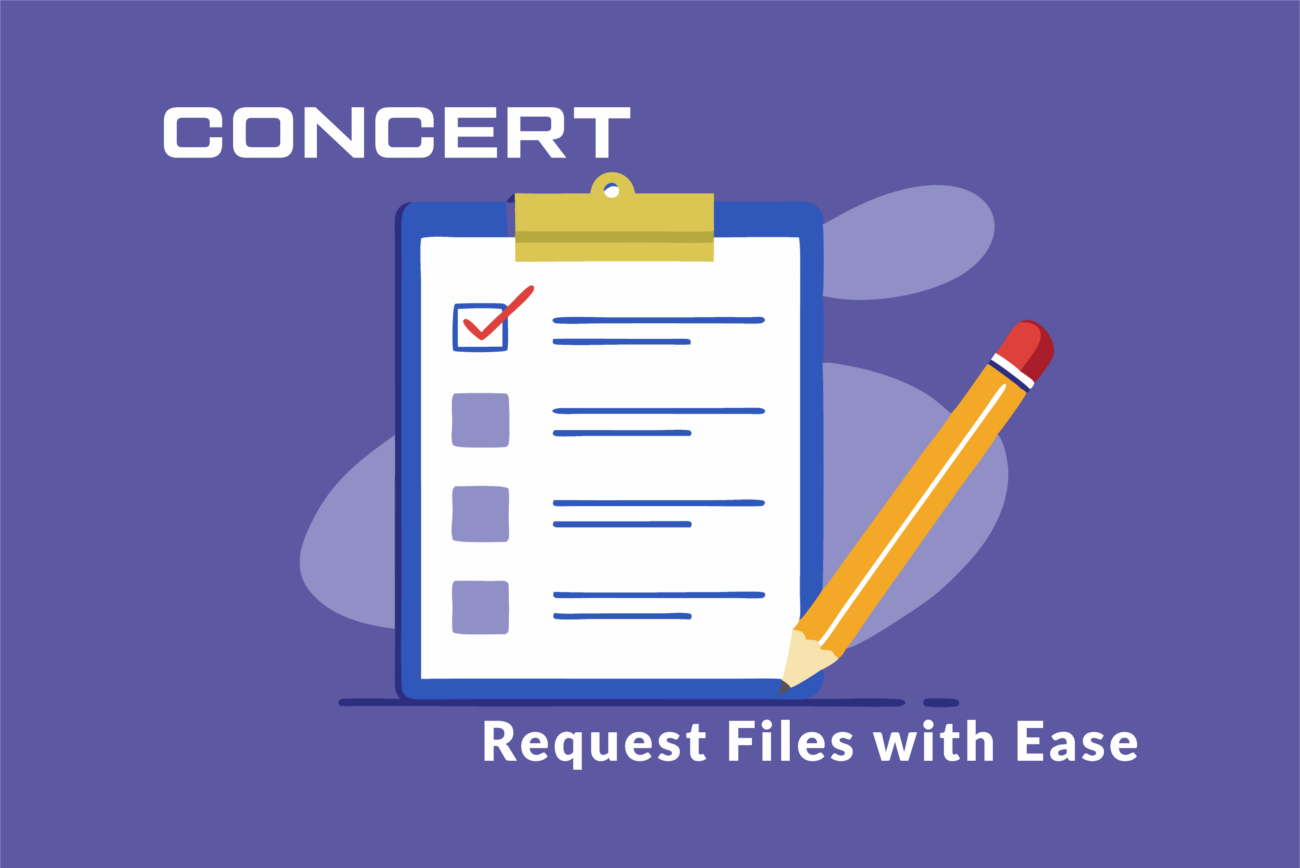Tim Dufault, FAIA – Concert CRO
On July 20th, AIA Contract Documents released the 2022 versions of the E and G series of contract exhibits. These documents, for the first time, enable the use of digital design information for construction.
For those unfamiliar with design and construction contracts (which is probably most people), the current state of practice is the digital information architect and engineers create is not contractually obligated to be shared with the contractors. When it is shared, the information is generally not relied upon for the construction of the building, that “Right of Reliance” still is with the printed plans and specifications. All of that is about to change!
The new E and G series exhibits not only fully support the right of reliance on digital (including BIM) information, but it also sets the specific processes and practices for those processes. This raises three key questions:
- What are the implications of these changes?
- Where are the opportunities given this shift in position?
- What are the risks of sharing digital information that may also include mistakes?
Let’s explore each question in more detail.
What are the implications of this change?
There is no good data on how much digital design information is shared during construction. However, the anecdotal evidence would support that it is significantly less than half the time. This excludes the use of PDFs, as that is the equivalent to printed paper, so we consider that kind of sharing as non-digital. The AIA E200-2013 series of exhibits created the primary mechanism for digital information sharing – that information is shared for convenience only with no right of reliance. The new E201-2022 changes all of this by providing for the use of the architect’s digital information as part of the contract documents for construction. However, the document is clear to say, “model or model portion” as well as “other digital data”. These are important distinctions since they expand the available data platform and don’t require the model to be the only digital asset. Another key part of this exhibit is how it’s intended to be used – Regardless of what base contract framework is in place. This is important because often, there is no contractual relationship between the parties sharing the digital information. Thus, even though they are not otherwise contractually bound, the parties sharing digital information agree to bind each other by the terms and conditions for the use of that digital information, supporting the separation between design and construction. We believe this will create more opportunities for information to be shared as the mechanisms governing the sharing are better defined and represent the spirit of collaboration.
Even if there is no current data on how often digital design data is currently shared, we can say with confidence, that the volume and frequency of sharing are going to increase.
What are the opportunities given this shift in position?
The most obvious value of sharing digital design information is efficiency. The industry claims to be collaborative, however, reality contradicts this claim. Removing obstacles to more effective sharing will create the opportunity for greater collaboration. Beyond this simple benefit, the advances in digitally assisted construction technologies are rapidly moving the need for digital design information sharing forward. Examples like Doxel, OpenSpace, Dusty Robotics, and Built Robotics are all dependent on quality digital design information to perform their tasks. Having an effective digital design information sharing mechanism reduces the need to re-create (and thereby create opportunities for misinterpretation or mistakes) the information needed and builds greater efficiency into the system. Longer-term, an effective sharing system will allow greater clarity in the actual systems, materials, and performance metrics of the final built product, paving the way for fully realized digital twins. The new E series from AIA, regardless of what makes up the base contract with the owner, will be a powerful tool for realizing the digital transformation of construction processes and applications.
What are the risks of sharing digital information that may also include mistakes?
Risk is the calculation of value and reward divided by the likelihood of damage or harm – the degree of probability of loss. In today’s design and construction marketplace, the risk is measured by the client’s understanding of what will be delivered against their expected investment of time and money in three areas
- Will my building achieve the performance I expect given the cost to design and construct?
- Will I pay more than I need for a product or service?
- Will I pay for that product or service if it is defective or improperly performed?
In this context, a system that is built on multiple interpretations of intent and performance is bound to be a considerable risk. However, if more specific information can be shared without interpretation – in real time – the risk of misinterpretation is reduced. This is what digital design information sharing achieves. However, in this context of sharing, it must be clear what and how information is going to be shared, recorded, and authorized. The new AIA G203 – 2022 BIM Execution Plan creates the mechanism to define in detail how these systems of sharing will work. Core to this plan for sharing is the agreement by all parties on what the official “Single Source of Truth (SSOT)” will be. Sharing digital information won’t be scary or risky if the project team is clear on how that sharing will occur and what will be recognized as the official record.
At Concert, we are excited by the release of the new AIA exhibits as they add great clarity to how digital design information can and should be shared. We believe in a future where digital design and construction information moves seamlessly across the project, with the proper and verified authorization for use collected and recorded in an SSOT. Over the next eight weeks, our blog space and external communication are going to focus, in detail, on how these changes will revolutionize design and construction. We will directly share the specific role and value that Concert will play in all these processes. We welcome deeper conversations with everyone in the design and construction ecosystem as we explore how we can help create a true digital design information delivery platform Where BIM is the Contract Deliverable.
Stay Tuned!





